
Sorry, your browser is not compatible with this application. Please use the latest version of Google Chrome, Mozilla Firefox, Microsoft Edge or Safari.
Cybersecurity Content
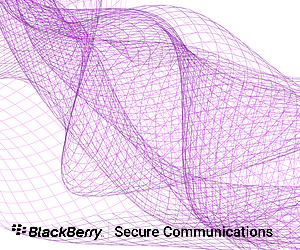
Defend Against Telecom Breaches With SecuSUITE
The recent cyber-espionage campaign by China’s Salt Typhoon group has exposed significant vulnerabilities in global telecommunications networks, compromising sensitive communications across government and enterprise sectors. This breach underscores that if…
Learn More

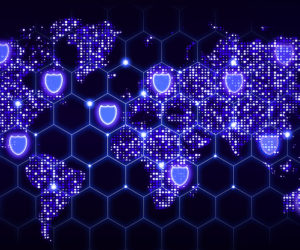
2025 Global Skills Report
In a world transformed by digital disruption and economic shifts, the 2025 Global Skills Report highlights the rising urgency of AI readiness, cybersecurity talent, and the role of micro-credentials in…
Learn More

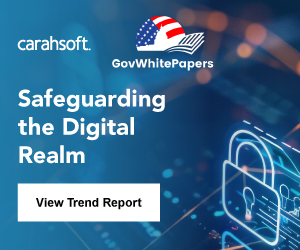
Safeguarding the Digital Realm
Cyber threats facing government agencies are growing more sophisticated, with nation-state actors and AI-powered attacks escalating the urgency of defense. Legacy systems, budget constraints, and fragmented oversight continue to weaken…
Learn More


Be Ready for Any Critical Event
In an unpredictable world, organizations must be ready to respond swiftly to critical events, whether natural disasters, cyber threats, or unexpected disruptions. Delayed decisions and outdated communication tools can make…
Learn More


IoT for the Public Sector: Moving from Risk to...
The public sector is increasingly turning to IoT to enhance mission outcomes—from streamlining city traffic to improving classroom safety and enabling remote healthcare in rural areas. But with over 30%…
Learn More


The Guide to Secure ChatOps
In today’s fast-paced mission environments, seamless communication isn’t just a convenience, it’s a necessity. ChatOps transforms traditional chat platforms into powerful hubs where teams can collaborate, automate routine tasks, and…
Learn More

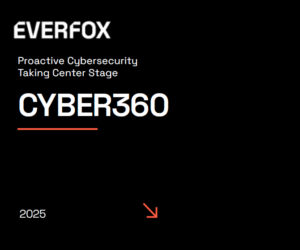
CYBER360: Proactive Cybersecurity Taking Center...
Studies have found that 97% of government organizations suffer a cyber incident, and most experience 127 cyber-attacks per week on average, that they are aware of. Many organizations and agencies’…
Learn More

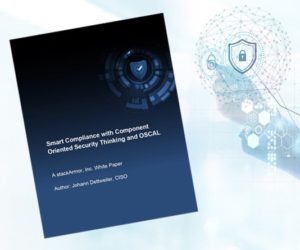
Smart Compliance with Component Oriented Security...
While traditional, monolithic methods for developing System Security Plans (SSPs) have been effective in the past, they no longer meet the needs of today’s intricate and rapidly evolving digital environment.…
Learn More


Strengthening Cybersecurity with Symantec:...
Symantec by Broadcom is dedicated to protecting the digital landscape of State and Local Governments as well as educational institutions (SLED). As cyber threats evolve, Symantec’s comprehensive suite of solutions…
Learn More

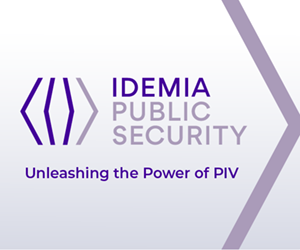
The Power of PIV: Understanding FIPS 201 for...
FIPS 201 represents the gold standard for secure, interoperable identity verification across federal agencies by defining rigorous technical and operational requirements for PIV (Personal Identity Verification) systems. These systems integrate…
Learn More

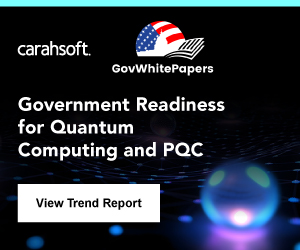
Government Readiness for Quantum Computing and PQC
Quantum computing is moving from theory to practice, reshaping how governments prepare for the future. Agencies are exploring how quantum can optimize logistics, enhance defense readiness, and secure communications while…
Learn More


Operationalizing AI-Enabled Security
As cyber threats become faster and more sophisticated—fueled by generative AI—federal agencies must modernize their defenses to keep pace. This playbook explores how AI-enabled security can help defenders act quickly,…
Learn More

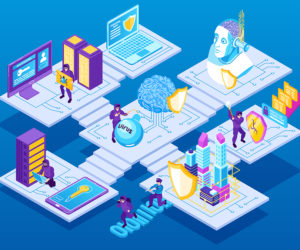
The Missing Component of Zero Trust
Many organizations approach Zero Trust with a narrow focus on identity and access, but true Zero Trust requires much more. This guide highlights “integrity” as the often-overlooked component—ensuring all systems,…
Learn More


Remove Roadblocks to Zero Trust with Cybersecurity...
Achieving Zero Trust requires more than policy—it demands complete visibility across all assets, users, and security tools. This whitepaper outlines how federal agencies can break down roadblocks by starting with…
Learn More


Data Security And Protection in the Age of Zero...
In today’s rapidly evolving cyber landscape, public sector agencies face mounting pressure to secure sensitive data while delivering trusted digital services. Informatica’s approach to Zero Trust Architecture emphasizes continuous verification,…
Learn More


